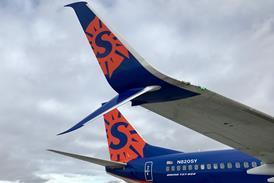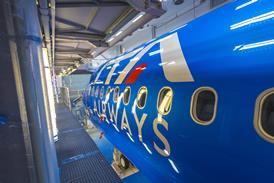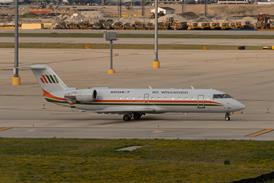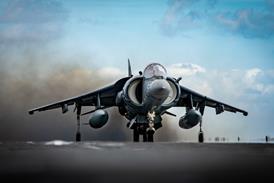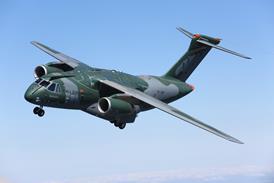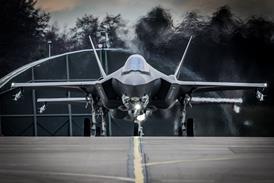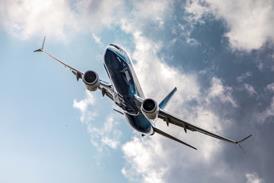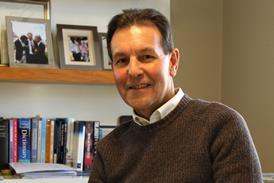The extraordinary story of how a Scud missile was discovered by Los Angeles customs officers perfectly illustrates the threat posed by the proliferation of missiles.
That is the message from Lockheed Martin which has developed the digital architecture for a defensive shield for use against missile launches by terrorists.
Installing a detection system and missile batteries to protect the coast from Norfolk, Virginia to Boston would cost just over a $1 billion and a further $650 million a year to run, says Dave Kier, vice-president and managing director of Lockheed Martin's Protection division.
"But what is the cost of possibly having a city badly damaged? This cost is minor compared with that," he says. He illustrates the potential for attack through a number of case studies of terrorist activities and the scale of their ambitions. One involved the hijacking of a chemicals tanker at sea, claimed to be the work of al-Qaeda, and the kidnapping of a deep sea diver who was held for a year and forced to teach 12 men his skills.
But the most alarming case happened last year and has not been reported. "Customs officers in the harbour in LA looked at a container. When they opened it, they found a Scud launch system," says Kier.
The man who imported it was an over-enthusiastic collector of arms. "He bought it in an arms bazaar in Macau. But the fact was that he bought it, so they are available."
Lockheed Martin spent $6.5 million of its own funds to develop its Asymmetric Missile Defense initiative.
The firm has been talking to the Department of Homeland Security and to Congress. Kier says the cost of deployment had been kept down because the concept depends on existing systems and weaponry.
Source: Flight Daily News

